The city - sliced, diced and served with a dash of sauce
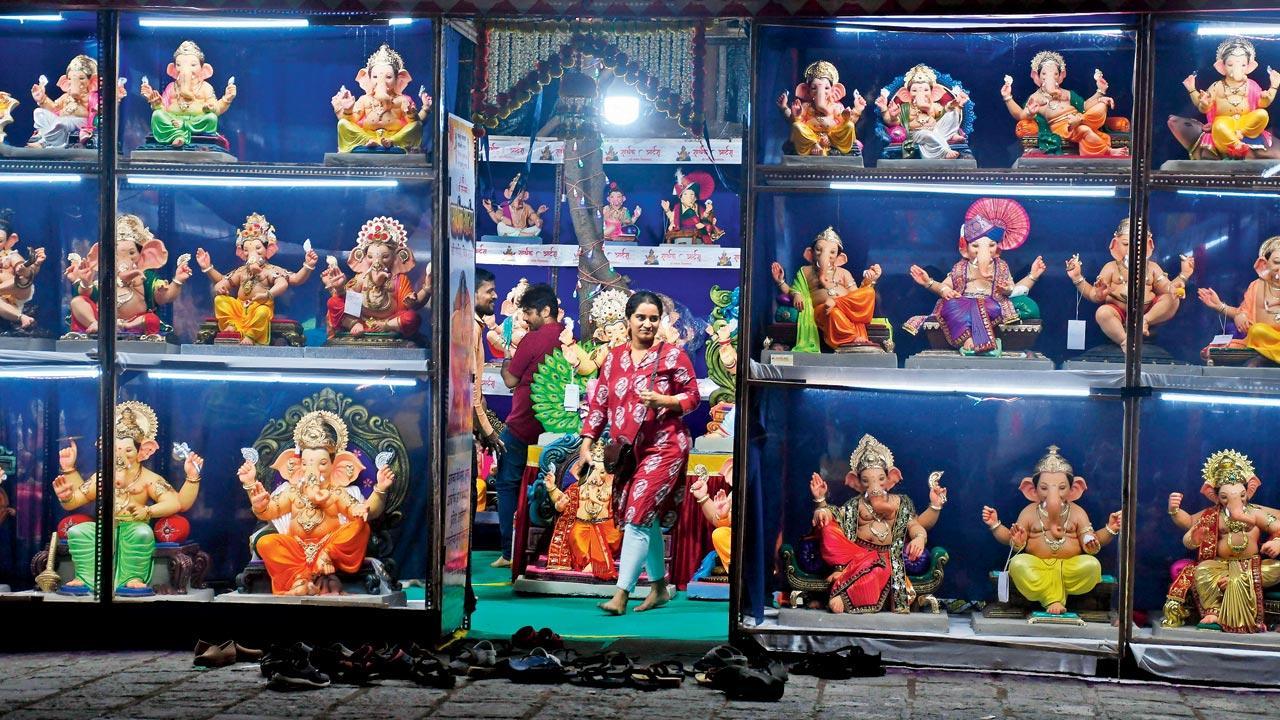
Pic/Ashish Raje
Trunk call for bappa!
ADVERTISEMENT
People at a workshop in Parel to book their idols before the Ganeshotsav begins next month.
Even they got Barbie-fied
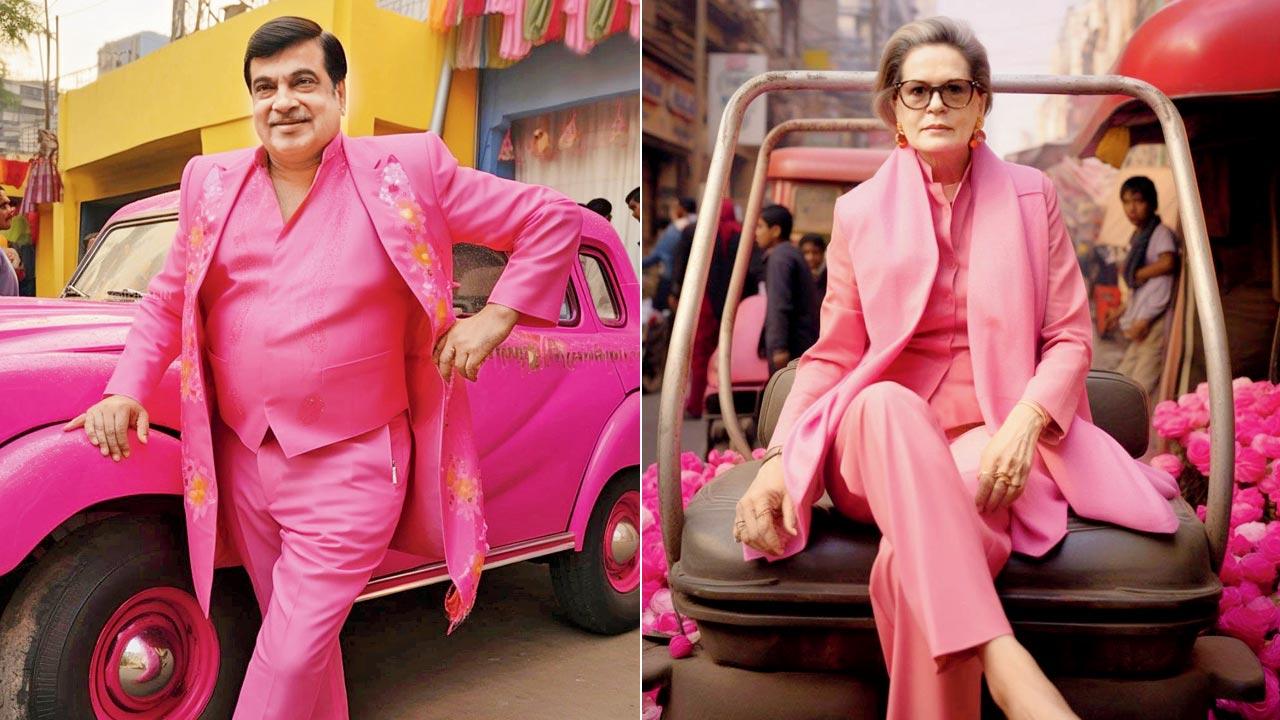 (From left) AI art reimagines Nitin Gadkari and Sonia Gandhi in Barbie-themed overalls
(From left) AI art reimagines Nitin Gadkari and Sonia Gandhi in Barbie-themed overalls
After actors, models and sportspersons, the latest personalities to be reimagined in a pink avatar are the who’s-who of Indian polity. The design team of Idea Studio recently came up with a series of Artificial Intelligence (AI)-rendered images that portray the usually dour Indian politicians in colourful avatars. “It was just an experiment to create something by fusing dissonant ideas together to push the boundaries of our imagination,” revealed Tapan Gupta, founder. Working with artists and designers in Mumbai, Pune and other cities, the studio crafted images featuring leaders across party lines, like Nitin Gadkari, Rajnath Singh, Amit Shah, Sonia and Rahul Gandhi and Mamata Banerjee, among others. “Normally, people perceive politicians as people who are indulging in heated arguments. We imagined a pink political parade, à la Barbie, with all our politicians. It was a way of translating the Barbie trend into something quirky and relatable,” he remarked. While the Internet is awash with praise, the studio also received praise from the Indian National Congress (INC) for the images. “We hope to do more,” Gupta shared with this diarist.
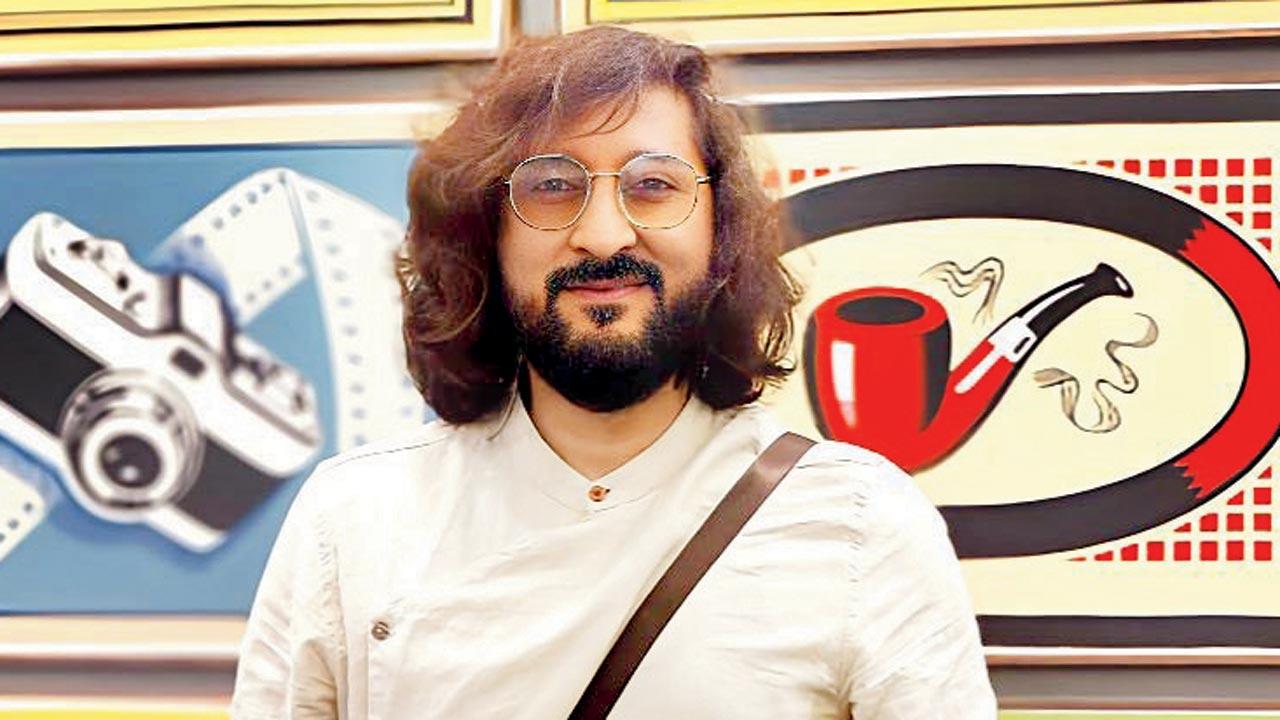
Museum studies loses a treasure
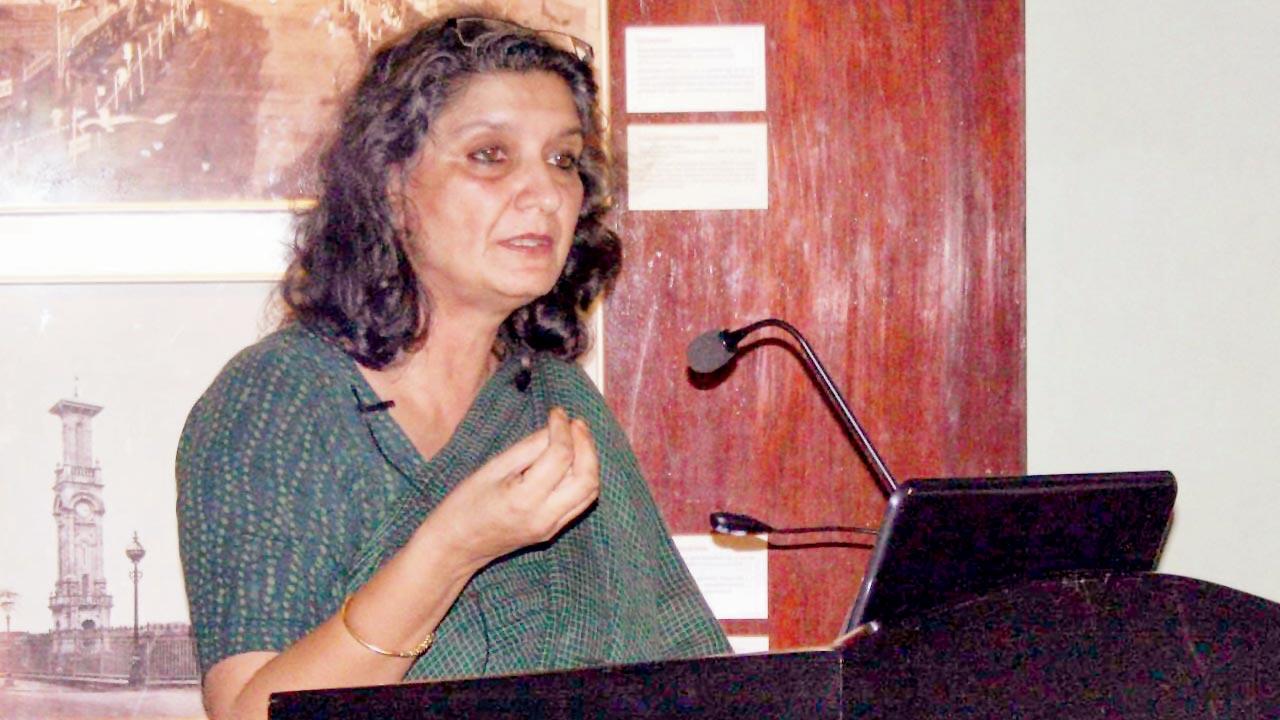 Kavita Singh delivering a lecture
Kavita Singh delivering a lecture
“She was a gifted speaker and a charismatic personality,” recalled Tasneem Zakaria Mehta, director and managing trustee of Dr Bhau Daji Lad Museum, of her friend and advisor late professor Kavita Singh. Singh, who passed away yesterday at the age of 59, will always be remembered as a brilliant professor, dean of school of aesthetics at the JNU, and a former faculty member of the museum’s internationally recognised Indian Art History course. “She was an outstanding scholar and art historian who brought out the subtle syncretic nuances of Mughal and allied schools of painting. She was an expert in Museum studies as well. I met her about 20 years ago when I first registered for my PhD in Museum Studies at JNU. Later, she became my advisor. She will be deeply missed by the art and academic community, and me,” rued Mehta.
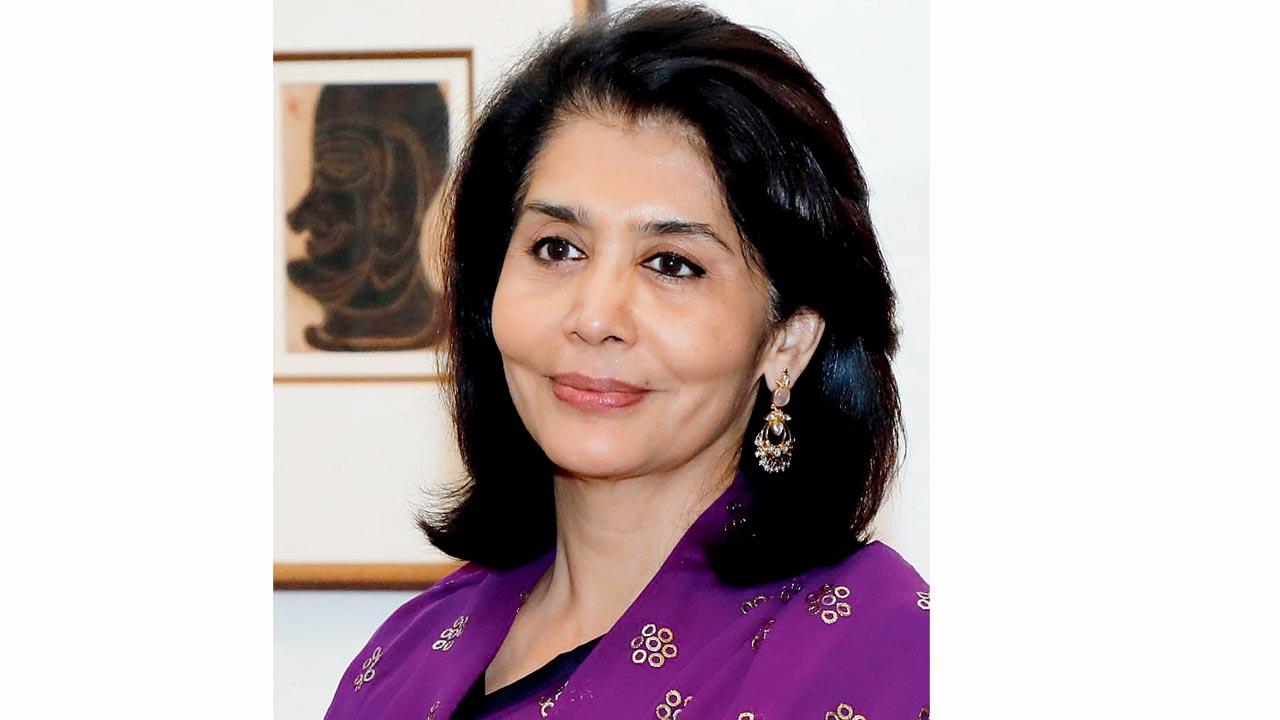
A green heart

An initiative that started out as a project to create awareness about climate change among the city’s youth will create start its third phase today. The campaign, which focuses on biodiversity, is called Dekha Undekha. Recalling the first phase in 2020, founder of NGO Waatavaran Bhagwan Kesbhat says that the students of law, architecture and consultancy, among others, envisioned a greener city in the future with systematic roadways, bird sanctuaries and mangroves. “Students will visit gardens across the city to document the seen and unseen species of flora and fauna. They will also drop by housing societies in the vicinity to record the value and importance of these plants. This practice will continue for three months. Those who are keen can sign up for it,” Kesbhat shared.
City comes first
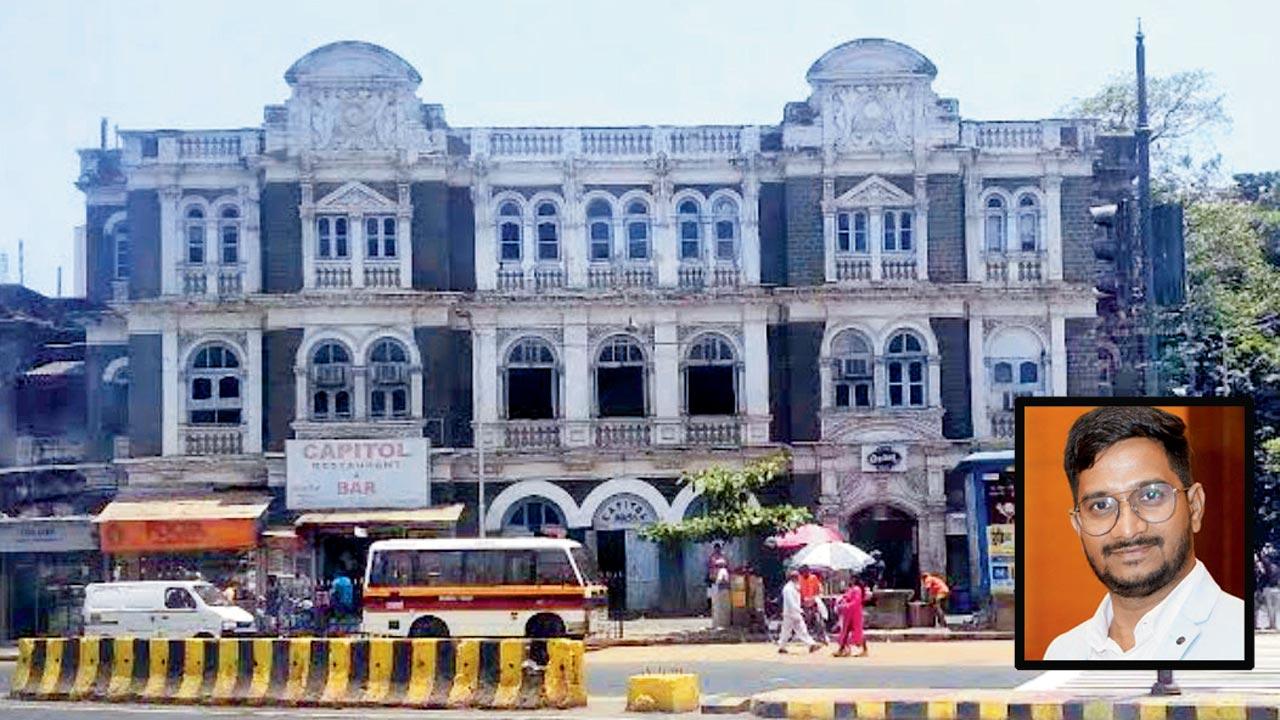
With a motive to document the buildings in the Maximum City, over 30 young architects, painters and photographers have come together to start a drive called Mumbai Restore Project. “There are so many buildings in the city, and their stories need to be preserved. The Capitol Building at CSMT that began as a theatre for dramas in 1879, became a cinema hall in 1929, and now, might become a mall,” revealed civil engineer and founder of the group, Sunil Bhangare, adding that his team will help conserve such sites in digitised forms. They are currently in search of volunteers. Those interested to do their bit to preserve a slice of Mumbai can head to @mumbai.restore.project.
A Salvadoran goodbye
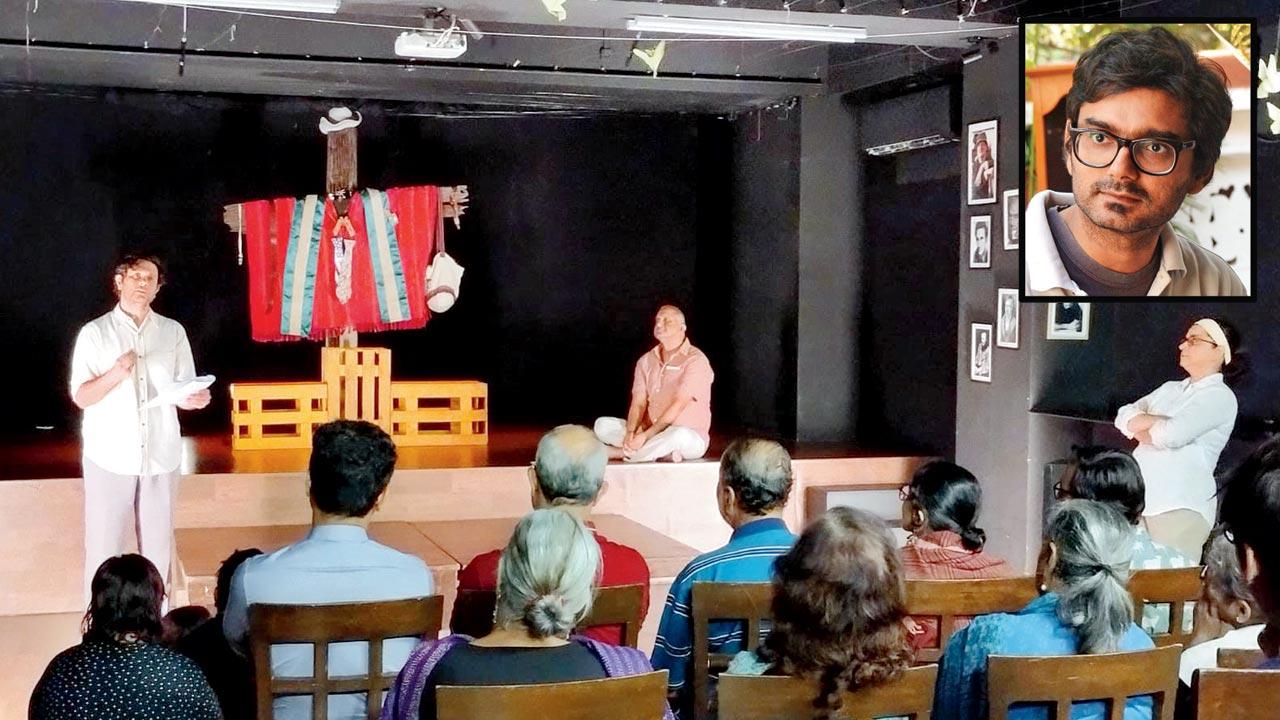 (From left) Meher Acharia Dar, Pramod Pathak and Suhaas Ahuja; (inset) Thakore Padamsee
(From left) Meher Acharia Dar, Pramod Pathak and Suhaas Ahuja; (inset) Thakore Padamsee
Last Sunday, theatremaker Quasar Thakore Padamsee (right) drew the curtains on his adaptation of A Peasant of El Salvador after a 10-year run. About the play set during the 1970s Salvadoran Civil War, Padamsee shared, “I found the play in a bookstore in Toronto. The cashier, a Serbian refugee, who worked with the Serbian National Theatre, shared that they rehearsed in the basement during Serbia’s civil war when bombs were dropped. Everything about the play has been symbolic. After the performance, Peter Gould [the play’s co-writer] called to wish us on the closing of the show.”
 Subscribe today by clicking the link and stay updated with the latest news!" Click here!
Subscribe today by clicking the link and stay updated with the latest news!" Click here!







